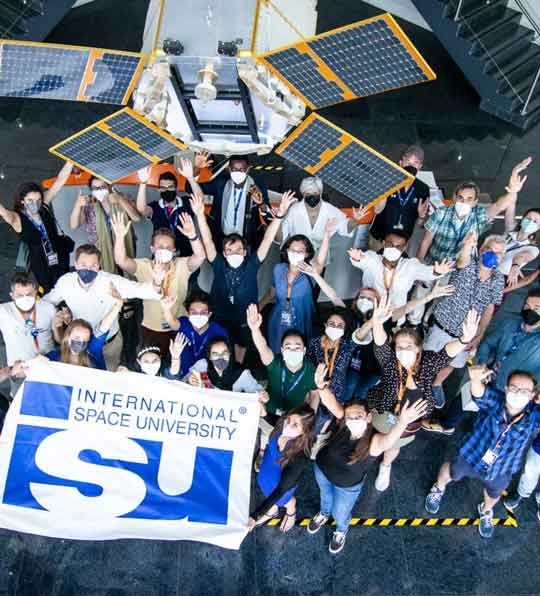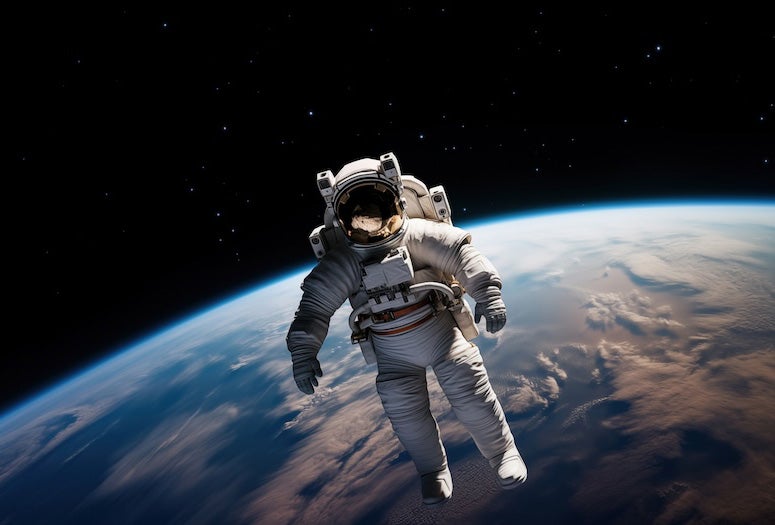Rice University will host hundreds of space industry and research professionals for the International Space University’s 36th annual Space Studies Program (SSP) between Jun. 8 and Aug. 3.

The intensive, eight-week program is comprised of course offerings in space research- and exploration-related topics and disciplines; immersive, hands-on experiential learning modules; and development and networking opportunities for professionals with diverse backgrounds from more than 30 countries around the world and spanning all career stages. ISU’s SSP24 is uniquely positioned to inform future directions for scientific research and facilitate interdisciplinary collaborations across a broad range of space disciplines.
Through NASA's partnership with Rice, SSP participants will visit Johnson Space Center, the hub of NASA's human spaceflight activities pioneering the future in space exploration, scientific discovery, and aeronautics research.
This is the second time the program will be hosted in Houston, Texas, on the campus of Rice University. Rice and NASA’s Johnson Space Center have been active partners since the founding of the U.S space program. David Alexander, director of the Rice Space Institute and a professor of physics and astronomy, said SSP24 marks yet another important collaboration in their long history of working together.
“We can’t forget that ‘Houston’ was the first word to be broadcast from the surface of the moon, and that Rice was where President John F. Kennedy delivered his famous speech urging us to reach for ‘the unknown and the unanswered and the unfinished’ beyond our planet’s familiar orbit,” Alexander said. “Hosting this important International Space University program at Rice will enhance global space exploration efforts by fostering collaboration and forging new partnerships.”
As the hub of NASA’s human spaceflight activities, JSC is the site where historic achievement meets record-setting future endeavors. SSP24 attendees will have the opportunity to engage with NASA experts, tour mission control centers and gain insights into current and future space missions.
“Johnson Space Center is looking forward to partnering with Rice as it hosts the International Space University’s Space Studies Program,” said Johnson Director Vanessa Wyche. “This is an amazing opportunity, not only for the students participating in the Space Studies Program, but for employees of JSC to share their knowledge and experiences with an international network of leading space experts and professionals.”
ISU stressed the importance of highlighting the symbolic significance of Houston, Texas, as the historic home of human space flight and future outer space missions.
“The Space Studies Program has been a unique professional development program for 36 years attended by many of today’s world space leaders” said ISU President Nicolas Peter. “Taking into account lecturers and invited experts in addition to participants, the event will bring together more than 400 international space professionals.”
“SSP24 is designed to provide participants with the latest developments in the space sector and build space networks among all involved that will lead to new missions, projects, or businesses. We are happy to go back to Houston for a second SSP after the first, 1997 session. The collaboration in Houston enables us to offer an unprecedented space educational experience for SSP24 participants.”
Participants will learn from world-class experts, collaborate on group projects that tackle real-world space challenges and engage in fervent cultural exchanges with the global space community.
To register for SSP24, follow this link.
Through History…
Rice University began its first research collaborations with NASA in 1959, just months after the agency was founded. However, starting as early as 1958, Rice alumnus and board chairman George R. Brown (Class of 1920) was already hard at work behind the scenes trying to make sure that Houston and Rice would play leading roles in the USA’s race for space.
In 1961, thanks in large part to Brown and his friend and former Rice roommate, Congressman Albert Thomas (Class of 1920), Houston’s transformation to “Space City USA” officially began when the city was named the site of the NASA Manned Spacecraft Center (now Johnson Space Center).
On Sept. 12, 1962, as part of Rice’s semicentennial celebrations, then president John F. Kennedy spoke at Rice Stadium, challenging the United States to become “the world’s greatest space-faring nation.” In direct response to President Kennedy’s speech at Rice, the university established the nation’s first dedicated space science department in 1963.
And on July 20, 1969, when Apollo 11 astronauts Neil Armstrong and Buzz Aldrin became the first humans to walk on the moon, they carried with them a lunar dust detector experiment designed by Rice professor Brian O’Brien.

